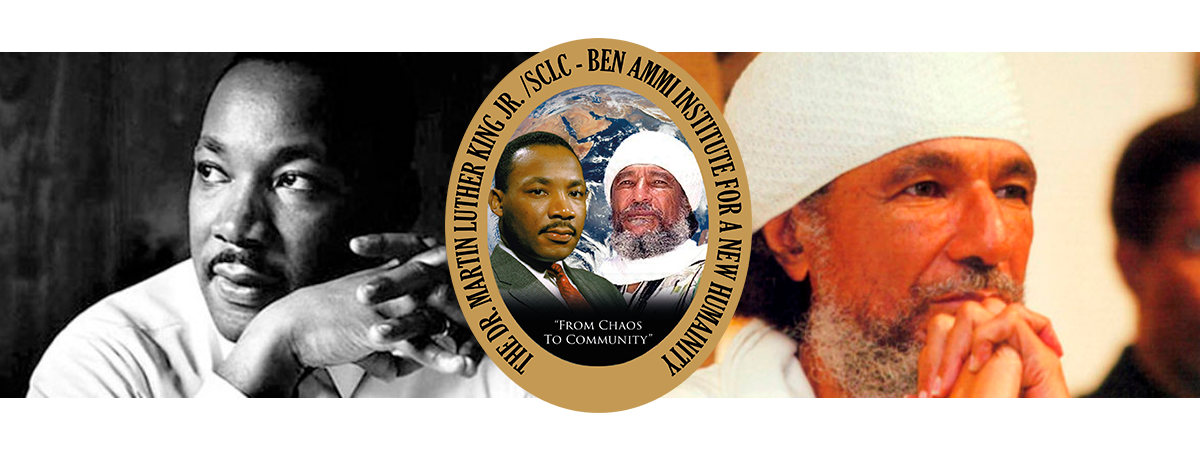“Give peace a chance” – these words, immortalized by John Lennon, often ring out in rallies, vigils, and songs around the world. At first blush, they might sound overly idealistic in a world weighed down by deep-rooted conflicts, power struggles, and historical grievances. Yet, giving peace a chance does not mean ignoring the complexity of these issues. Rather, it calls for a courageous, grounded pursuit of solutions that recognize the tangled realities we face.
Today’s conflicts are not simple disputes with easy fixes. Whether in the Middle East, Eastern Europe, Africa, or elsewhere, they are layered with historical injustices, economic disparities, ethnic tensions, and geopolitical interests. Simplistic calls for ceasefires or treaties without addressing the roots of these conflicts often result in fragile, temporary truces at best. True peace demands a deeper, more committed process — one that embraces nuance, acknowledges legitimate grievances, and fosters meaningful dialogue.
Giving peace a chance requires a dual mindset: hopeful yet unflinching. It demands we resist the temptation to divide the world into heroes and villains, good and evil. In many conflicts, all sides carry histories of trauma, fear, and hurt. A sustainable peace process respects this truth, creating spaces for shared narratives rather than deepening divisions.
This approach also means moving beyond performative gestures and slogans. Words must be matched by courageous policies: investing in education that promotes empathy and understanding; supporting reconciliation initiatives that allow communities to rebuild trust; encouraging leadership that prioritizes long-term human dignity over short-term political gain. Peace-building is slow, often frustrating work, but every genuine effort lays another brick on the road to a more just world.
Moreover, acknowledging complexity does not mean becoming paralyzed by it. Realism must walk hand in hand with optimism. History offers countless examples of once-intractable conflicts that found a path forward: Northern Ireland, South Africa, and the Balkans, to name a few. In each case, peace was neither perfect nor instantaneous, but it became possible when enough people decided that the costs of ongoing conflict outweighed the pain of compromise.
We must also recognize that peace is not an endpoint, but a continuous process. Even after treaties are signed, the work of healing and coexistence must continue for generations. This demands humility, resilience, and a willingness to engage with uncomfortable truths.
So yes, let us give peace a chance — but let’s do so with open eyes. Let’s refuse to be naïve about the challenges, yet refuse to be cynical about the possibilities. Let’s remember that peace is not passive; it is a deliberate, active choice, renewed each day by individuals, communities, and nations.
The dream of a more peaceful world is not reserved for the idealistic few. It belongs to all of us, if we dare to embrace both the hardness of the journey and the hope that propels it. Because ultimately, giving peace a chance is not a whisper to the wind — it’s a commitment to the work that peace demands.

